7 Chain Restaurants Millennials Avoid And 8 That Totally Lost Their Appeal
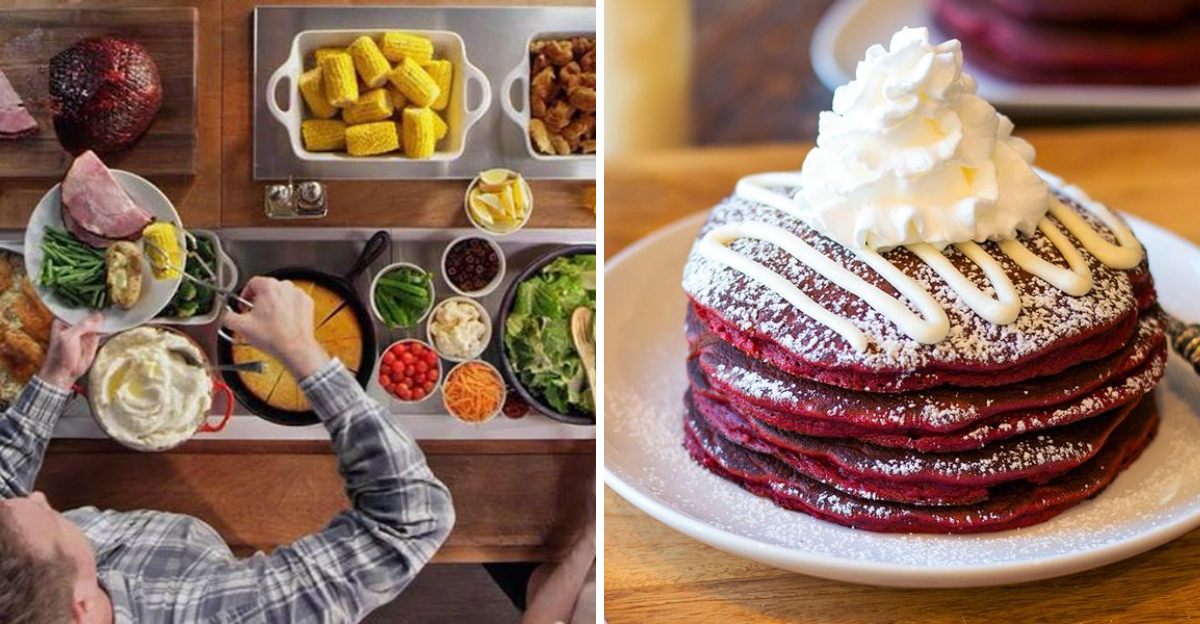
As dining preferences evolve, certain chain restaurants struggle to keep up with the expectations of millennials. This generation seeks authenticity, creativity, and quality over quantity, which many traditional chains fail to deliver. In this article, we explore seven chain restaurants that millennials avoid and eight that have completely lost their appeal.
1. Applebee’s
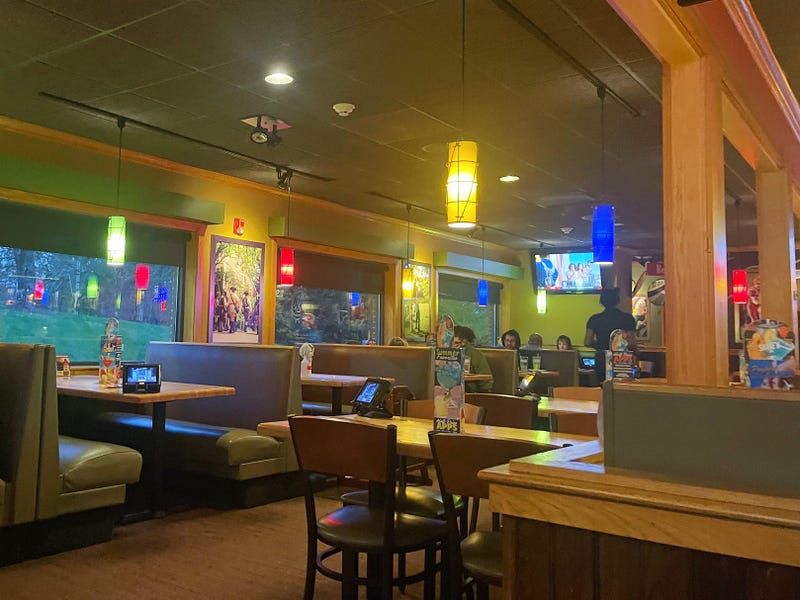
Applebee’s, with its forced neighborhood vibe and a menu often criticized for relying on microwaved meals, has lost its appeal among millennials. The promise of half-price apps draws some, but the lack of culinary innovation and authenticity keeps many away.
2. TGI Fridays
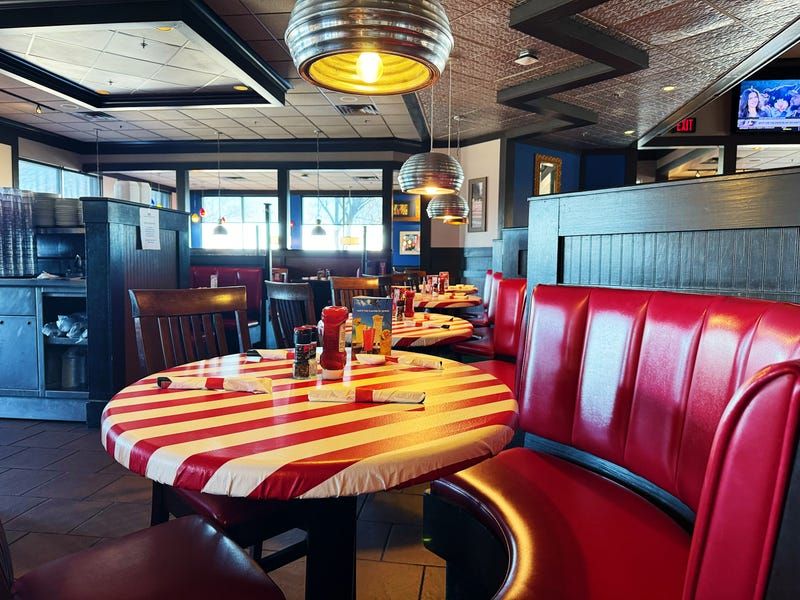
Once a vibrant spot for flair and cocktails, TGI Fridays now struggles with an outdated image and overpriced offerings that don’t match the quality. Millennials, seeking modern dining experiences, find little attraction here.
3. Olive Garden

The allure of unlimited breadsticks can’t hide Olive Garden’s struggle to appeal to millennials, who crave authentic Italian cuisine. Its menu, centered on quantity over quality, seems out of touch with current dining trends.
4. Golden Corral
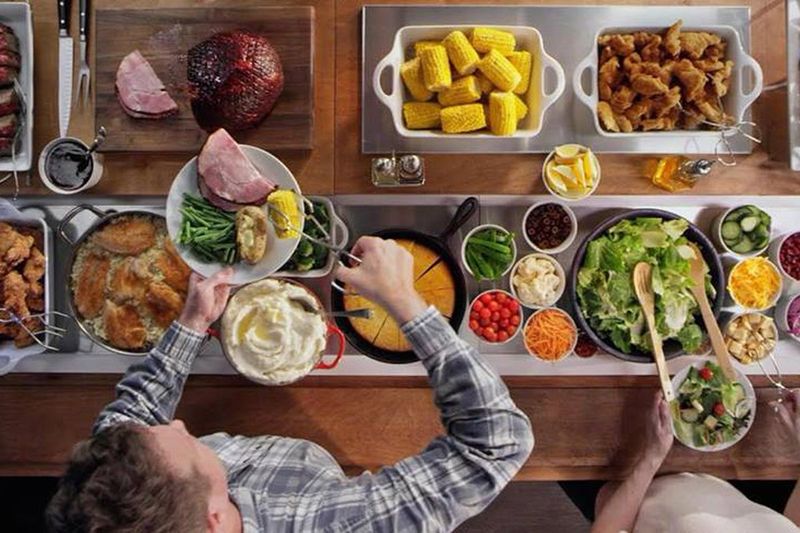
Buffets like Golden Corral, focusing on quantity rather than quality, seem more like a nostalgic reminder than a desirable dining choice. Millennials prefer quality-driven options, leaving traditional buffets behind.
5. Ruby Tuesday

Ruby Tuesday’s once-iconic salad bar and casual dining are now overshadowed by more innovative competitors. Its dated decor and unremarkable menu lead millennials to seek fresher, more engaging dining experiences elsewhere.
6. Cracker Barrel
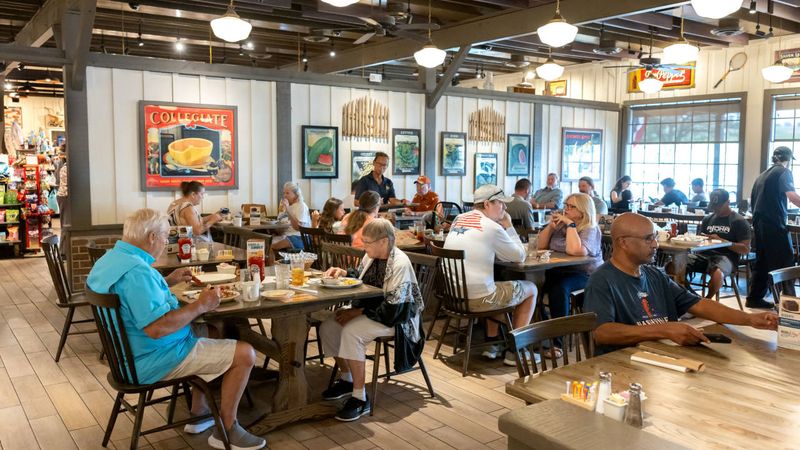
Cracker Barrel’s old-country charm struggles to resonate with millennials. The menu, heavy with traditional fare, doesn’t align with the preferences of those seeking lighter, more contemporary dining options.
7. Hooters

Hooters, with its outdated ‘wings and waitresses’ concept, finds little favor among millennials. Changing societal norms and dining preferences make its model less appealing to the modern diner.
8. Cheesecake Factory

The Cheesecake Factory’s vast menu and mall-like ambiance no longer captivate millennials, who prefer streamlined, quality-focused dining experiences. Its overwhelming options feel more like a nostalgic trip than a dining destination.
9. Red Lobster
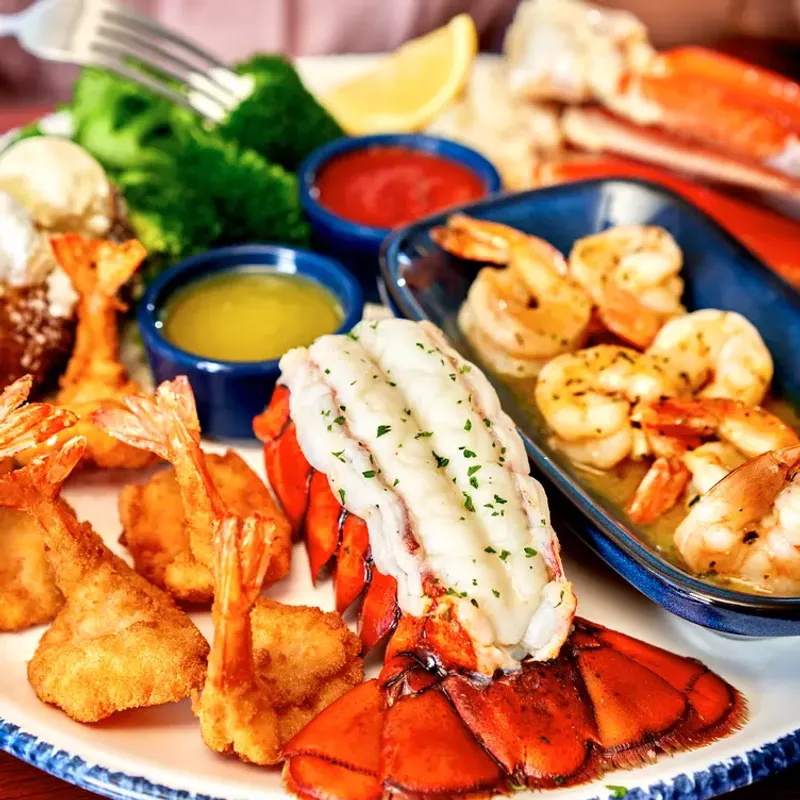
Red Lobster’s appeal wanes as millennials seek fresh, sustainably sourced seafood rather than endless shrimp deals. The brand’s failure to innovate in sustainable practices leaves it out of touch with modern diners.
10. IHOP
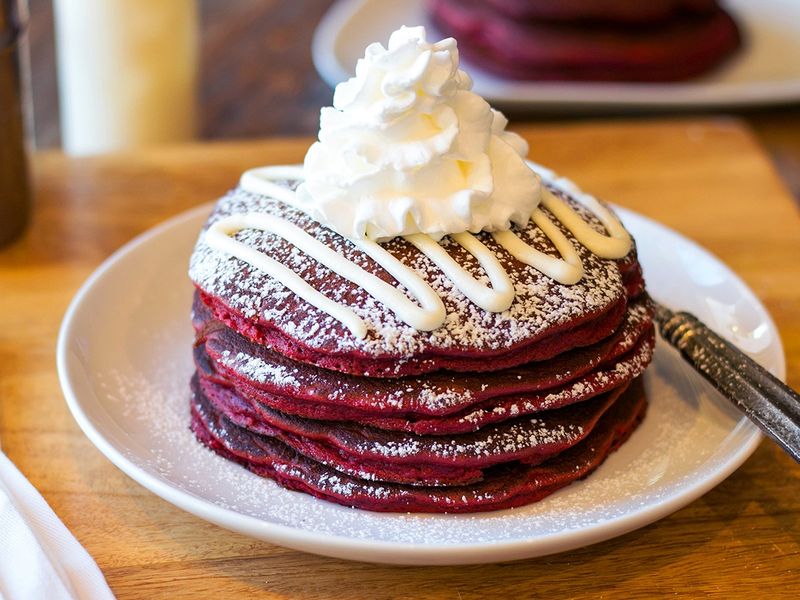
While pancakes remain a staple, IHOP’s dated vibe and inconsistent food quality fail to meet the aesthetic and quality expectations of modern brunch culture. Millennials are drawn to more vibrant, quality-driven brunch spots.
11. Friendly’s
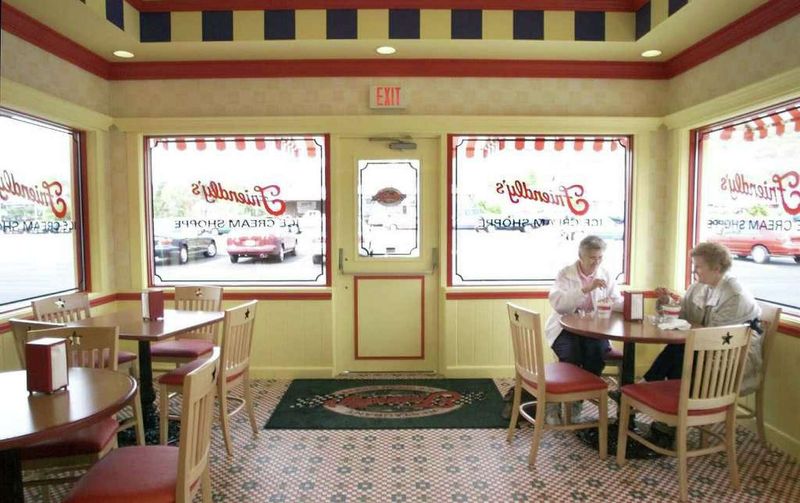
Once a family favorite, Friendly’s struggles to evolve with the times. Its dated ambiance and menu fail to attract millennials, who prefer dining experiences that align with current trends and innovations.
12. Sbarro
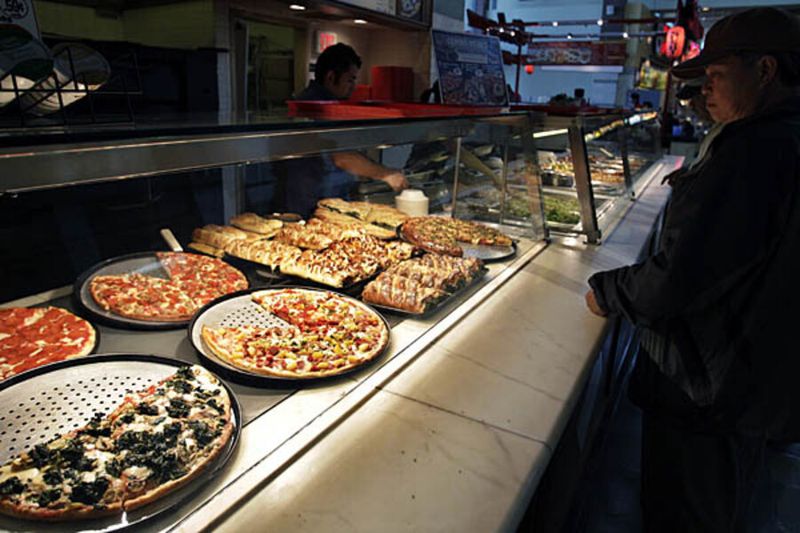
Sbarro’s mall food court presence and reheated slices lose ground in today’s artisan pizza era. Millennials, drawn to fresh ingredients and innovative flavors, leave the once-popular Sbarro behind.
13. Boston Market
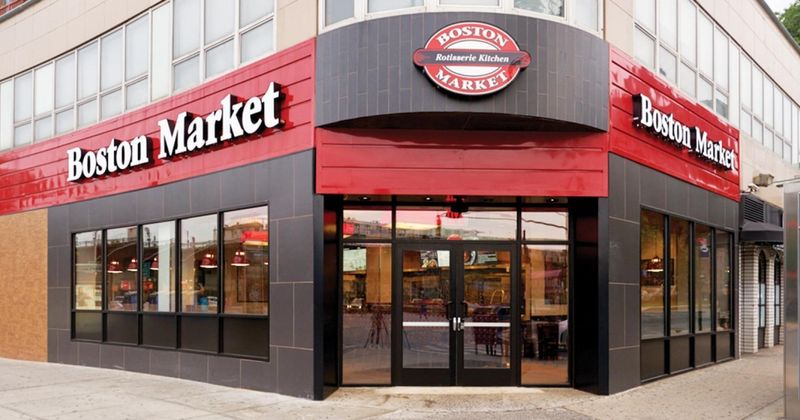
Boston Market’s comfort food concept hasn’t aged well against fast-casual competitors. Millennials lean towards quicker, quality-driven options, leaving Boston Market’s traditional approach behind.
14. Quiznos
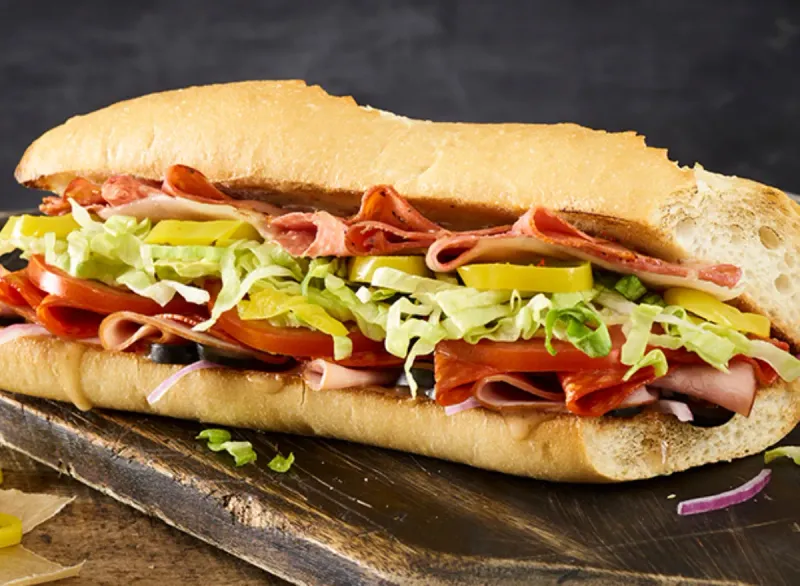
Quiznos, once a toasted-sub innovator, now feels stale compared to fresher competitors. Its inability to update the menu or brand image leaves it largely overlooked by the millennial crowd.
15. Fuddruckers
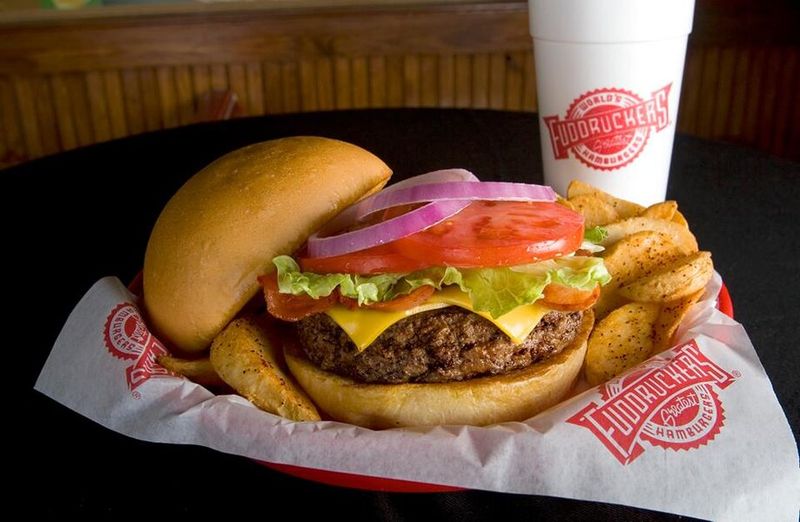
Fuddruckers’ DIY burger bar, once innovative, now seems outdated. Millennials favor premium ingredients and creative burger builds over cafeteria-style dining, marking a decline in Fuddruckers’ appeal.
